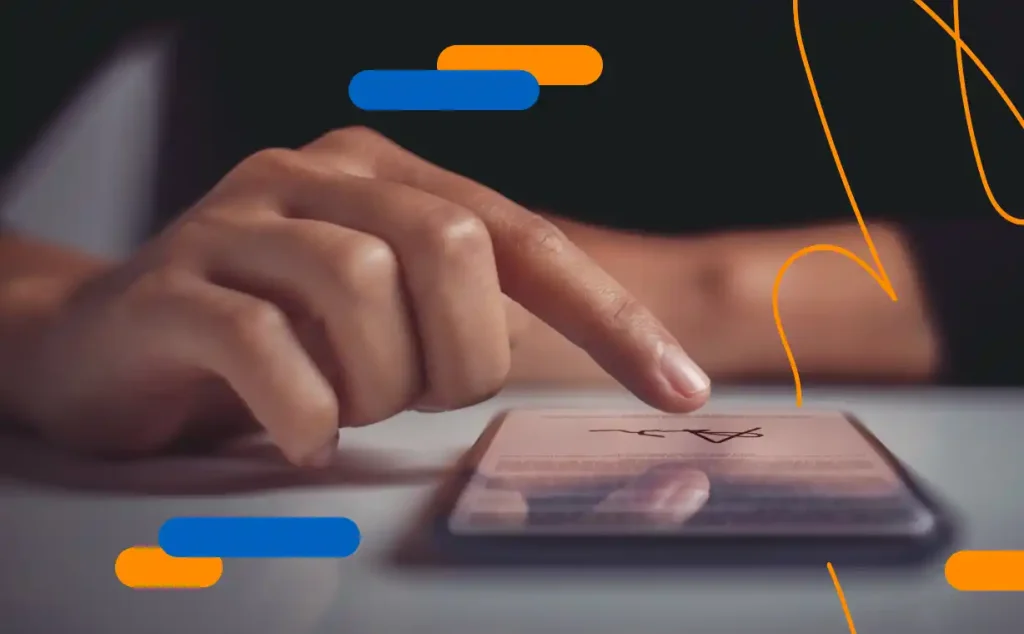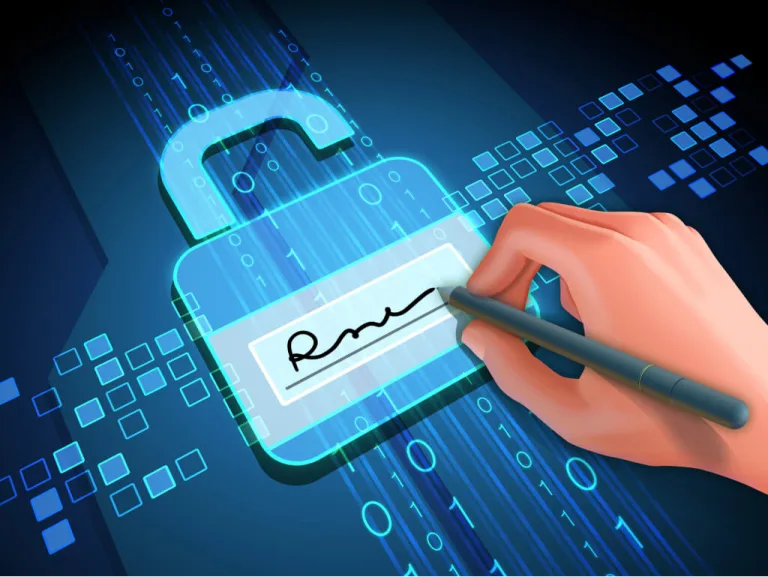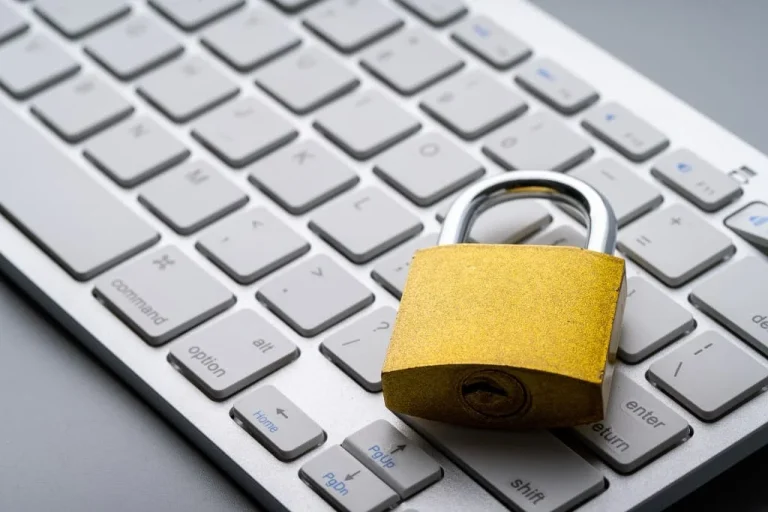E-signature myths are more believe than not. Managing a digital document is not the same as drawing a fingerprint. Even so, many people continue to confuse key concepts, which leads to mistrust of tools that are completely legal. It is thought, for example, that it is enough to draw a doodle and scan it; that managing online procedures is dangerous, or that they lack legal backing. These beliefs reflect the level of misinformation spread among the general population, but nothing could be further from the truth.
Today we debunk five e-signature myths:
All types are legally binding
While it is true that all types are legally acceptable in court, that does not mean that they all offer ‘non-repudiation’. That is, not all of them allow you to irrefutably prove that an action was performed by a specific person and legally bind that person.
Legally, many nations and territories impose community standards for electronic identification and trust services – the reference at the European level is the eIDAS Regulation -, requiring a type beyond the basic one. While the advanced electronic signature is the one that uniquely binds the person responsible for it, the one that has a similar legal effect to the handwritten one is the recognized one.
It is represented by a drawing or doodle
Again, this is one of the most widespread e-signature myths. It is a widespread myth, since none of its versions can be represented by a stroke or a drawing.
The only exception where it is allowed is in the case of handwritten signatures. In fact, this option is the most common form of graphic representation. Think of the graphic that appears on any identification document such as a passport or National Identity Card (DNI). However, although this graphic allows the citizen to be legally identified in face-to-face procedures, its use is limited to this scenario. In any digital procedure, you will have to use its electronic equivalent or, on the contrary, a digital certificate.
It is easy to forge
Not at all. It is practically impossible to do so, since it is backed by cryptographic technology, identity verification processes and digital certificates, among others. However, the situation changes when we talk about forging a scanned or traced scribble on a document. This could be easily forged, so it is necessary to be very cautious.
All of them comply with the eIDAS Regulation
As you will know if you are a regular user of our blog, the eIDAS Regulation is the framework that governs digital identification and trust services valid in Europe. It distinguishes three types (simple, advanced and recognized) and defines their standards and rules.
However, at its most basic level, a document can be completed by checking a box or attaching a scribble. However, it could be easily forged and would not offer any kind of guarantee.
What are the eIDAS requirements?
- Be uniquely linked to the recipient and be created using data that this person uses and controls exclusively
- Be able to identify him/her
- Enable any subsequent changes to be detected
Anyone can verify the identity
False. This is another of the great myths about electronic signatures. The only person or entity that can verify identity in this context is a Digital Certification Authority or a Certification Service Provider (CSP), since they are responsible for issuing the digital certificates used to sign electronically.
We can legally support your authentication processes
We are a Digital Certification Entity accredited in different countries, so we are trained and authorized to verify the identity of any person involved in a process:
- In Colombia, we are accredited by the National Accreditation Body (ONAC)
- In Dominican Republic, we are authorized by the Dominican Institute of Telecommunications (Indotel).
In addition, all our solutions are aligned with the eIDAS Regulation of the European Union, which allows us to offer the full range of possibilities in digital identification, with full legal validity in Europe and Latin America.
5 misconceptions you should avoid
After debunking some of the most common myths about electronic signatures, it is important to remember the key points we have discussed:
- Not all signatures are legally equivalent
- A scribble is not a valid digital signature
- Digital signatures cannot be easily forged
- Not all of them comply with the eIDAS Regulation
- Identity cannot be verified by anyone
In Viafirma we are here to help you sign with confidence, security and regulatory compliance.




